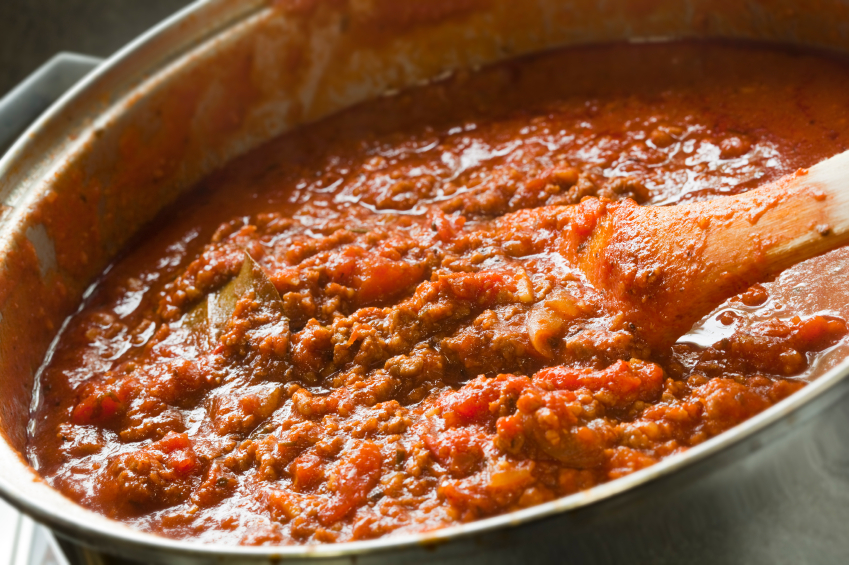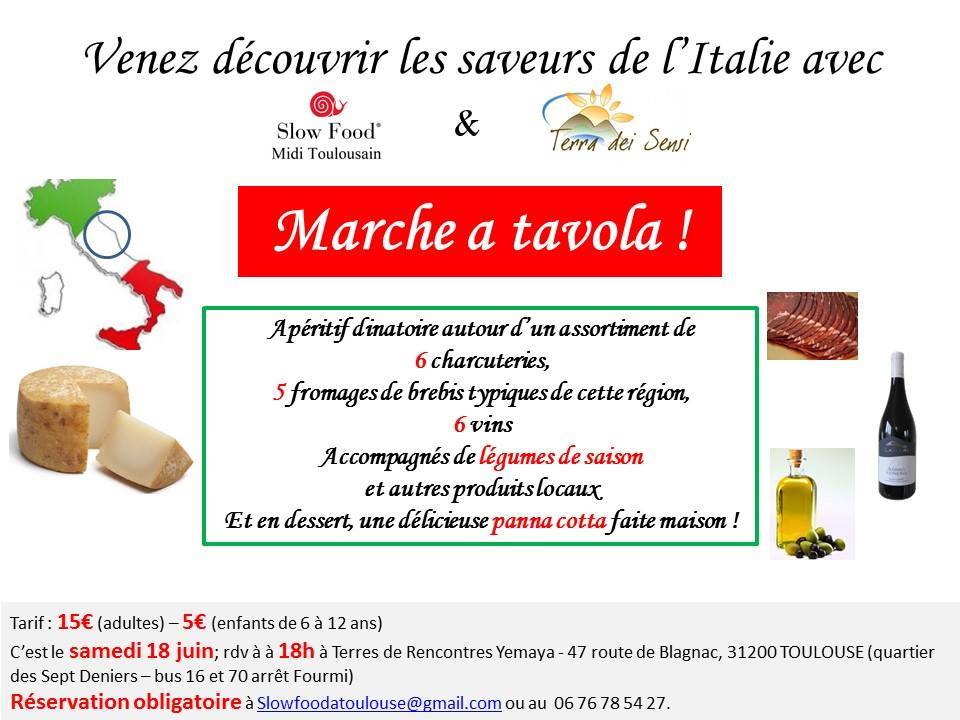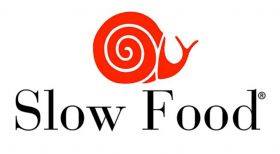The Italian SHARE not only lasagna: the two cities are competing for one of the most favorite toppings also his birthright. Which are actually two very different dishes. Even from those "spaghetti bolognese" so prevalent on the tables all over the world
It is one of the symbols of our kitchen, to the point of being monkeyed with questionable to say the least as the plates "spaghetti bolognese" or even with meatballs. But the sauce is the sauce, and it is something else. A real art, patient preparation, Bologna-Napoli, developed to fill a need secular: to make the most, in terms of taste but also nutrition, the little meat that the poor could afford. But how many are, How do you create and how you prepare many of ragout Italy?
French term
For the origin of the term, though, I had to visit in France. Where "ragout" once meant all those preparations in which the meat, the fish or vegetables were reduced into small pieces and then cooked stewed. It is unclear when the term landed in Italy, But what is certain is that the "meat sauce" was well known from the noble cafeterias, from the Renaissance onwards, typically a second course and only then used to enrich pasta. And then passed from rich to the more popular. The term was then extended to all "meat sauce" used throughout Italy, as those used for example in Umbria, in Puglia or Sardinia.
The recipe for Dotta
My, as for the lasagna, are the two cities that the Bologna and Naples ragù have more to say. According to the scholar Lynne Rossetto Kasper, author of The italian country table, the origins of the bolognese sauce date back right in the sixteenth century, in the rich courts of noble families. Appears difficult to locate an original "meat sauce recipe, but in the 1982 was filed by the bolognese delegation of the Italian Academy of cuisine at the Chamber of Commerce of Bologna. The ingredients for this recipe are as follows: lean beef (folder or belly or shoulder clod or bobbin) coarse-ground, pork belly, carrot, celery, Onion, tomato paste or peeled, dry white wine, whole milk, little stock, olive oil or butter, Salt, Pepe, and half a cup of cream to mount (Optional). Bacon goes gently sautéed with carrots, celery and onion, then he joins the minced meat and gets wet with white wine. Then he joins the tomato sauce: cooking, by the book, lasts 2 hours, using the stock from time to time and a dash of milk to soften the acidity of tomato. Eventually, After having adjusted the salt and pepper, the bolognese is used add cream if you mean season of dry pasta. While it is strictly forbidden for noodles.
The English are crazy
The earliest record of the use of meat sauce in the dough and not as a main dish is by Pellegrino Artusi: success on a national scale was impetuous. To the extent that, During fascism, autarchy regime imposed using a lexical term even more Italianized, "ragutto". While, abroad, the Italian emigrants made the non-existent "spaghetti bolognese", distant relatives of our bolognese sauce, one of the symbols of Italian cuisine. In America and not only. To the extent that, According to Henry Dimbleby, cofounder of a British fast food chain, pasta alla bolognese "is now the second most popular dish served in the houses of Britain".
The Seine at Vesuvius
Just as the ancient origins of the Neapolitan ragu (Here's the recipe in simplified version). The first documents attesting the existence date back to the 18th century, and it is still white and without tomato: the term "ragù" had already appeared in the gallant Cook (1773) of Vincenzo Corrado, as well as in theoretical practical Kitchen by Ippolito Cavalcanti. The earliest record of red sauce, with tomato, dates back to the work of Carlo Dal Bono customs of Naples (1857): "Sometimes then after the cheese are tinged with color purple or Crimson, When the tavernaio of tomato sauce or ragù (kind of stew) covers, almost flower dew, cheese powder ". He was then in all likelihood in Naples of the eighteenth century – when France was all the rage, especially at court – that the French term "ragout" was imported in Italy, with the Neapolitan typical deformation visible in other words like "saber", "gattò", "up" or "mashed".
Tracchie, pork rind and chops
Here too, Locate an "original" version is a difficult task. Originally the meat sauce was on Sunday dish, that was the first on the dough and then from second. The kind of meat used in the production of the meat sauce are numerous: generally uses a mixture of beef, usually front cuts, those less valuable and that require a long cooking time. But there are also the pork Spareribs ("tracchie" or "tracchiulelle"), the spicy pork rind (pork rind), the Meatball and the Neapolitan chop, the latter resembles an egg roll stuffed with garlic, pine nuts, raisins, parsley and pecorino romano. Traditionally, the preparation of the meat sauce starts early in the morning: cooking is very slow, until you get a thick and creamy sauce.
Word of Eduardo
Stuff from porters rather than housewives, almost a "parallel work". Anything but "there's meat in tomato sauce in Italy", How was Eduardo De Filippo who pasta sauce devoted even a poem, ' O ' rraù. Traditionally, the sauce is cooked in a crockpot, where – in a nutshell – you make the onions Brown in olive oil, the proximal calf, Neapolitan chops, the pork Spareribs, sausage knife (but not for all versions) and pork rind. It blends with white wine, you add the tomato concentrate (but some recipes do not provide) and then the past. We salt and you bring to boiling. At this point the "ritual": the fire should be lowered, and the sauce should "pippiare" or "pappuliare", IE boil very slowly for about 6 hours. Pork meat, Once cooked, should be raised by salsa, While the other will have to cook in the pan until cooked. At this point, the dough is ready to be topped with grated Parmesan cheese and fresh basil. While the "big boys" will become the main course: from this misunderstanding, Maybe, spaghetti with meatballs were so prevalent Overseas ...
From Umbria and Sardinia
Compared with bolognese sauce, then, the meat is not ground but grilled goes to big shots. A trend also present in many other "meat" and "meat sauce" around Italy. In Umbria, For example,, where is prepared with veal, pork and sausage; or that Lucan ("ndrupp ' c ') It appears the "salame beggar", made from pork offal; or that barese, It appears even the Lamb. Or the Sardinian ragout, where is the ground beef ...




